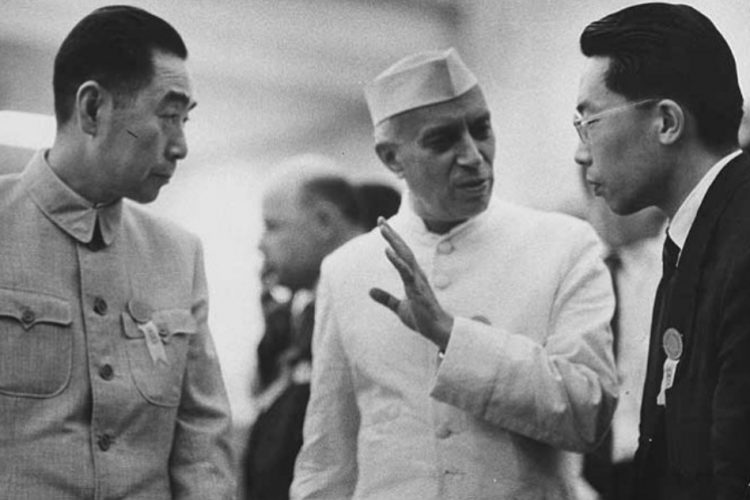33. Relevance of Non-Alignment Movement Today

Prime Minister Narendra Modi has skipped the 18th Non-Alignment Movement (NAM) summit at Baku in Azerbaijan. Since the last two years, India is being represented by the Vice President of the country. Critics are of the view that as a NAM founder, India is disenchanted with the relevance of the movement in an increasingly multipolar world. As Brahma Chellaney, author and strategist, writes, “a multi aligned, India is shifting towards other major democracies”.
Non-Alignment movement, a product of the Cold War, started as a passive approach. India’s first Prime Minister Jawahar Lal Nehru is regarded as the brainchild of this movement, along with four prominent leaders of the recently decolonized Third World countries: President Josip Broz Tito of Yugoslavia, President Sukarno of Indonesia, Ghana’s first President Kwame Nkrumah and President Gamal Abdel Nasser of Egypt. The movement was born in 1955 at the Bandung Conference in Indonesia and the first NAM Summit was held in 1961 at Belgrade in Yugoslavia. During the Cold War period, NAM believed in the principle that the developing countries should stay away from the two power blocs: The Western Capitalist Bloc and the Eastern Communist Bloc. Today, NAM has 125 member nations and 25 observer countries.
Since the end of the Cold War, the world has changed, and we do not live in a bipolar setup. Blocs are alliances are not relevant today. Hence, India’s continued association with the Non-Alignment Movement is perceived as ‘nostalgic’. Has NAM as a bloc outlived its usefulness? If so, should we entirely dismiss the idea of NAM?
The problem with NAM, according to Harsh Pant, Director, Studies and Strategic Studies Programme at Observer Research Foundation, is that even as a bloc, individual nations made their foreign policy decisions based on national interest. For a long time now, India’s foreign policy has been anything but nonalignment. Today, India is at the center of global politics. PM Modi has emerged as a global leader, matching other world leaders when it comes to vision and statesmanship. A multi aligned India shares good relations with the US, as well as USSR’s successor, Russia.
Another argument is in sync with the foreign policy of India’s first Prime Minister Jawahar Lal Nehru, and in turn, the policies of the opposition, Indian National Congress. Accordingly, PM Modi is trying to distance himself from the legacy of Nehru, which is perceived as pragmatic and ideological.
Other critics are of the view that Modi’s PM Modi’s nonparticipation in the NAM summit is a strategy to not displease the US and other strategically important nations. These countries have always been suspicious about the intentions of NAM. This also relates to India’s bid for a permanent seat in the UN Security Council. Modi skipping the NAM summit for two years signifies Modi’s intentions of protecting India’s national interests.
NAM is still acting as a club of developing countries, to pursue the collective interest of these countries. The movement still plays an important role when it comes to issues such as US peacekeeping. The Ministry of External Affairs is of the view that NAM can help India deliberate on issues such as Terrorism, climate change, and UN Reforms. Moreover, NAM should be treated as India’s heirloom to promote India’s regional influence. India should lead the way to decide the future of this international bloc.
Comments
Post a Comment